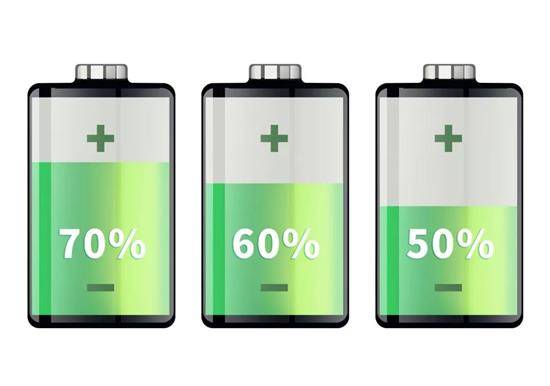 |
Welcome To Evlithium Best Store For Lithium Iron Phosphate (LiFePO4) Battery |
 |

In our quest to provide you with the most accurate and reliable information about LiFePO4 battery state of charge (SoC) estimation, we understand the importance of delivering high-quality content that is not only informative but also actionable. We're here to help you navigate the intricacies of LiFePO4 battery technology, enabling you to make informed decisions for your energy storage needs.
LiFePO4 batteries have gained immense popularity due to their exceptional energy density, longer cycle life, and enhanced safety features. To maximize the performance and lifespan of these batteries, it is crucial to have a precise understanding of their state of charge. In this article, we will delve deep into the methods and techniques for estimating the SoC of LiFePO4 batteries, providing you with the insights you need to optimize their usage.
Accurate SoC estimation is a fundamental aspect of managing LiFePO4 batteries effectively. It impacts various applications such as electric vehicles, renewable energy storage, and uninterruptible power supplies. Knowing the exact SoC allows you to avoid overcharging, which can lead to capacity degradation, or over-discharging, which can harm the battery's health.
LiFePO4 batteries present unique characteristics that require specific approaches for accurate SoC estimation. Let's explore the most effective methods:
1. Open Circuit Voltage (OCV) Method
The OCV method involves measuring the battery's voltage when it is at rest, with no current flowing in or out. This approach is highly reliable for LiFePO4 batteries, as they exhibit stable voltage characteristics. A typical LiFePO4 battery has an OCV of around 3.2V when fully charged and approximately 2.8V when fully discharged.
2. Coulomb Counting Technique
Coulomb counting is a popular method that estimates SoC by integrating the current flowing in and out of the battery over time. However, this method requires precise current measurement equipment and may suffer from cumulative errors over time.
3. Kalman Filtering
Kalman filtering is an advanced technique that combines voltage and current measurements to provide more accurate SoC estimates. It is particularly useful for LiFePO4 batteries, which have stable voltage profiles. Kalman filtering minimizes the impact of noise and provides consistent results.
One challenge in LiFePO4 battery SoC estimation is voltage drift. Over time, the voltage of LiFePO4 batteries can exhibit a slow decline, leading to inaccurate SoC estimates. To mitigate this issue, it's essential to recalibrate the OCV-based estimation periodically.
Optimizing the estimation of the state of charge for LiFePO4 batteries is crucial for ensuring their longevity and efficiency. By utilizing methods like OCV, Coulomb counting, and Kalman filtering, you can accurately gauge the SoC of your LiFePO4 batteries. Overcoming challenges such as voltage drift through recalibration will help you maintain precise SoC estimates, ultimately extending the life of your LiFePO4 batteries.
Remember that SoC estimation is a dynamic process, and continuous monitoring and adjustment are key to getting the most out of your LiFePO4 batteries. In this rapidly evolving field, staying informed and adopting the best practices will ensure that your energy storage systems perform at their best.
Edit by editor
All Rights reserved © 2025 Evlithium Limited